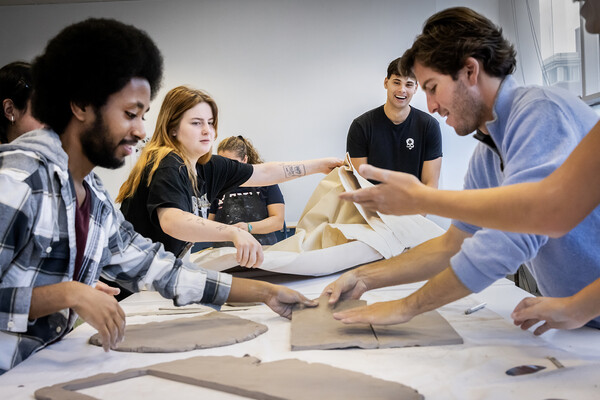A team led by LDI senior fellow and Perelman School of Medicine faculty member Lauren Eberly at a Navajo Nation hospital in New Mexico has developed a simple intervention that increased the uptake of guideline-directed heart failure therapy drugs by 53%. Titled “Telephone-Based Guideline-Directed Medical Therapy Optimization in Navajo Nation: The Hózhó Randomized Clinical Trial,” the study is published in the April issue of JAMA Internal Medicine.
“We found a 53% increase in the uptake of guideline-directed medical therapy to be a very significant effect,” says Eberly. “In some ways, the magnitude of the effect was surprising, but in many ways, it was not surprising in how it speaks to the importance of designing an intervention that centers the community perspective and needs.”
Part of an Indian Health Service (IHS) Innovations Award supported by the IHS headquarters Office of Quality, the study was done at the Gallup Indian Medical Center in New Mexico. The tested intervention was built around a telehealth-based strategy for remote initiation and titration of appropriate guideline-directed drug therapies for patients with heart failure with reduced ejection fraction. That means their heart was pumping insufficient amounts of blood in relation to their body’s minimal needs.
Read more at Penn LDI.







